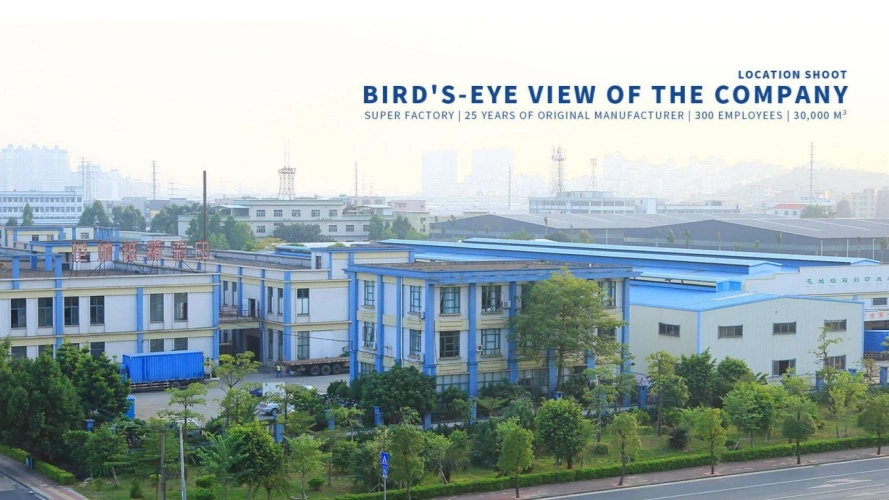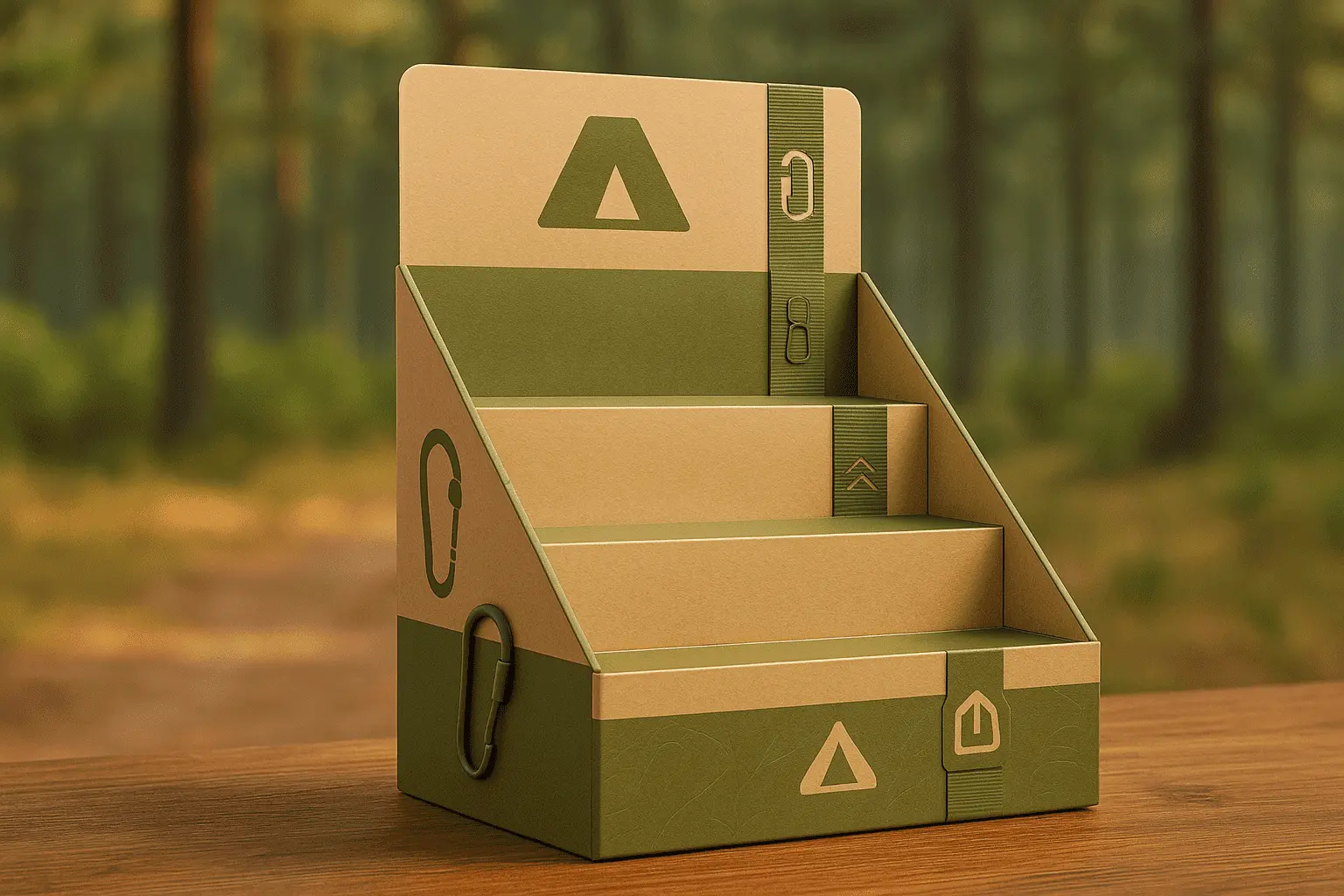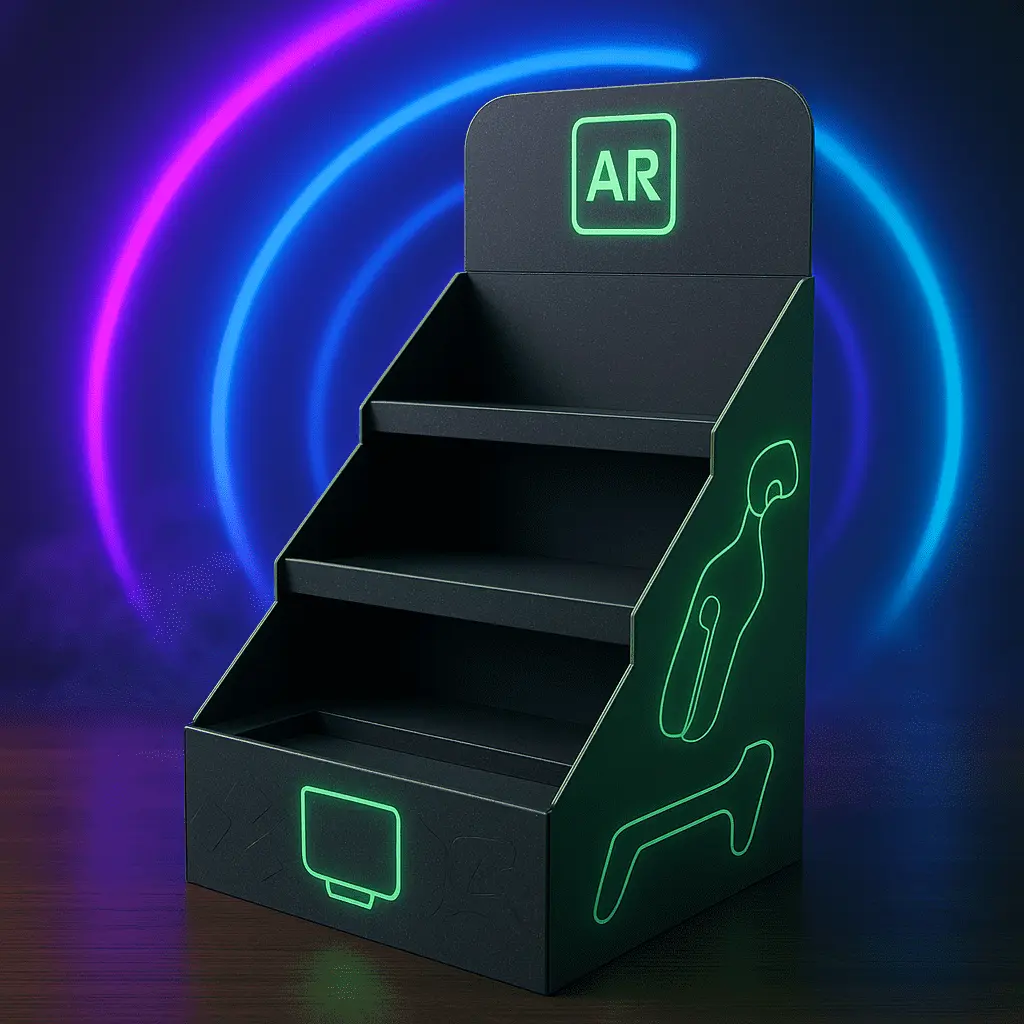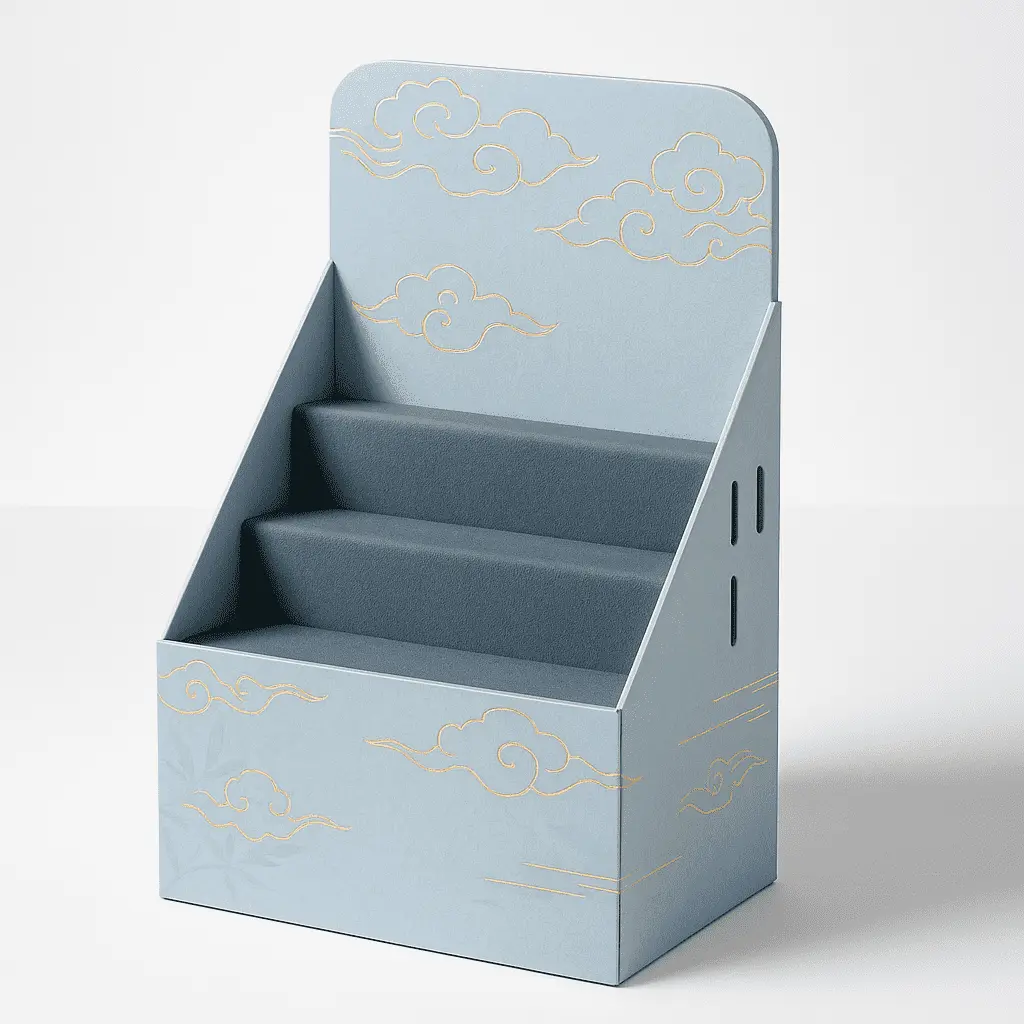Key Components of a Retail-Ready Packaging Inspection
Structural Integrity Assessment
The structural integrity of retail-ready packaging is paramount to its success. Inspectors should examine the overall construction, looking for any weak points or potential failure areas. This includes checking the strength of seams, corners, and stress points that may be subjected to pressure during transportation and handling. The packaging should be able to withstand the rigors of shipping while maintaining its shape and protective properties.
Additionally, the assessment should include a review of the packaging's ability to stack securely. Many retail environments require packages to be stacked for efficient storage and display. The inspection should verify that the packaging can support the weight of multiple units without collapsing or becoming unstable. This not only ensures product safety but also contributes to an organized and appealing retail presentation.
Print Quality and Branding Consistency
Visual appeal plays a crucial role in retail-ready packaging. The inspection process must include a thorough examination of print quality, color accuracy, and branding consistency. This involves checking for any smudges, misalignments, or color variations that could detract from the product's appearance on store shelves. High-quality printing is essential for conveying brand identity and product information clearly to consumers.
Inspectors should also verify that all required information, such as barcodes, product descriptions, and nutritional facts (for food items), is present and legible. This information must comply with regulatory standards and be easily scannable at checkout. Consistency across all packaging units is crucial for maintaining a professional and trustworthy brand image in the retail environment.
Dimensional Accuracy and Fit
Precise dimensions are critical for retail-ready packaging to function effectively in various retail settings. The inspection checklist should include measurements of length, width, height, and any specific features like display windows or perforations. These dimensions must align with the specifications provided to retailers, ensuring that the packaging fits correctly on shelves, in display units, or automated systems.
Moreover, the inspection should confirm that the product fits snugly within the packaging, preventing unnecessary movement that could lead to damage. This includes checking for proper cushioning or internal supports where applicable. Accurate dimensions also facilitate efficient use of retail space and contribute to a neat, organized appearance in stores.
Material Specifications and Sustainability Concerns
Raw Material Quality Verification
The quality of materials used in retail-ready packaging directly impacts its performance and durability. Inspectors must verify that the materials meet the specified requirements, including thickness, weight, and composition. This may involve conducting tests for tensile strength, tear resistance, and moisture barrier properties, depending on the product and its intended environment.
For packaging that requires special properties, such as grease resistance for food items or anti-static protection for electronics, specific tests should be included in the checklist. These tests ensure that the packaging materials provide the necessary protection and maintain product integrity throughout the supply chain and on store shelves.
Eco-friendly Packaging Compliance
With increasing focus on sustainability, many retailers and consumers demand eco-friendly packaging solutions. The inspection process should include verification of any environmental claims made about the packaging. This may involve checking for proper recycling symbols, confirming the use of sustainable materials, or validating compostability certifications.
Inspectors should also assess the packaging's adherence to waste reduction principles. This includes evaluating the minimization of excess material, the use of mono-materials for easier recycling, and the incorporation of recycled content where possible. Compliance with these eco-friendly standards not only meets regulatory requirements but also enhances brand reputation among environmentally conscious consumers.
Shelf Life and Product Protection
For products with specific shelf-life requirements, the packaging inspection must include an assessment of its protective qualities. This involves checking the effectiveness of barriers against moisture, light, or air, which could affect product quality. Inspectors should verify that any necessary coatings or treatments have been properly applied to extend shelf life.
Additionally, the checklist should include tests for seal integrity, especially for food and pharmaceutical products. This may involve leak detection tests or pressure resistance checks to ensure that the packaging maintains its protective properties throughout the product's intended shelf life. Proper protection not only preserves product quality but also reduces waste due to spoilage or damage.
Retail Display and Handling Considerations
Easy Opening and Access Features
Retail-ready packaging must be designed for easy opening and access by both store staff and consumers. The inspection checklist should include verification of any perforations, tear strips, or other opening mechanisms. These features should function smoothly without causing damage to the product or creating safety hazards for users.
Inspectors should also assess the packaging's ability to transform into a display unit, if applicable. This may involve checking the stability of the converted package when used as a shelf display, ensuring that products remain secure and well-presented. The ease of conversion from shipping container to retail display is crucial for reducing labor costs and improving efficiency in store operations.
Brand Visibility and Product Information
Effective retail-ready packaging should prominently display the brand and essential product information. The inspection process must verify that key elements such as logos, product names, and unique selling points are clearly visible from various angles. This ensures that the packaging catches consumer attention and communicates vital information quickly in a retail setting.
Additionally, the checklist should confirm that all required regulatory information, including ingredients lists, warning labels, and usage instructions, is present and easily readable. The placement of this information should be consistent across all packaging units to facilitate consumer education and comply with legal requirements.
Stackability and Space Efficiency
Optimizing shelf space is a key concern for retailers. The inspection checklist should include an assessment of the packaging's stackability and space efficiency. This involves checking that the packages can be stacked securely without risk of collapse or product damage. The design should also maximize the number of units that can fit on a standard shelf or pallet.
Inspectors should evaluate how well the packaging utilizes vertical space, which is often at a premium in retail environments. This may include assessing the effectiveness of any interlocking features or stabilizing elements that enhance stacking capabilities. Efficient use of space not only improves retail presentation but also reduces transportation costs and environmental impact.
Conclusion
A comprehensive quality inspection checklist for retail-ready packaging shipments is indispensable for ensuring product integrity, brand consistency, and retail efficiency. By meticulously examining structural integrity, print quality, material specifications, and retail-specific features, manufacturers can deliver packaging that meets the diverse demands of modern retail environments. This attention to detail not only protects products during transit but also enhances their appeal on store shelves, ultimately contributing to increased sales and customer satisfaction.
Contact Us
Are you looking to optimize your retail-ready packaging solutions? Our team of experts at Guangzhou Huadu Fetching Color Printing and Packaging Co., Ltd. can help you develop custom packaging that meets the highest quality standards and retail requirements. Contact us today at support@fetchingprinting.com to discuss how we can elevate your product packaging and enhance your retail presence.





